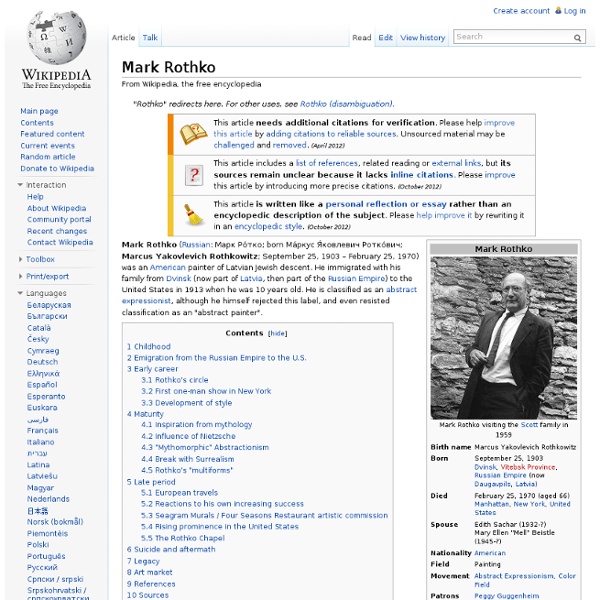Bloc.2012 / 6 + 7 July — lineup
Newsletter Sign Up Home Line Up Tickets Venue Accommodation How To Get There Archive Follow Us Facebook Twitter YouTube Mixcloud Vimeo Forum FAQs Press Bloc.2012 BlocWeekend.com - Home / Lineup Share: View lineup by day Orbital / Snoop Dogg / Richie Hawtin / Steve Reich / Gary Numan / Flying Lotus Ricardo Villalobos / Squarepusher / Battles / Carl Craig – 69 / Nicolas Jaar / James Blake / Jeff Mills / Jamie Jones / Apparat Band / Ellen Allien / Four Tet / Monolake / Scuba / Hudson Mohawke DJ / Surgeon / Martyn / Appleblim / Joy Orbison & Jackmaster / Levon Vincent / Shackleton / Art Department / Sandwell District / Actress / Hype Williams / Joker / Digital Mystikz / Clark / Kode9 / Tikiman with Scion / Alva Noto / Cosmin TRG / Steffi / L Vis 1990 b2b Bok Bok / Jacques Greene / Loefah / Addison Groove / Cooly G / Space Dimension Controller / Jon Hopkins / Oneohtrix Point Never / Will Saul / Ikonika / Mosca / Xhin / Midland / T.Williams / RadioNasty / Transparent Sound / Dusky / Pariah / Untold / Byetone / Boddika / Pinch / Illum Sphere / Perc / Objekt / Lucy / Oneman /
Hart Crane
Life and work[edit] Hart Crane was born in Garrettsville, Ohio. His father, Clarence, was a successful Ohio businessman who invented the Life Savers candy and held the patent, but sold it for $2,900 before the brand became popular.[4] He made other candy and accumulated a fortune from the candy business with chocolate bars. Crane's mother and father were constantly fighting, and early in April, 1917, they divorced. I am not ready for repentance; Nor to match regrets. Excerpted from "Legend" published in White Buildings (1926)[5] Career[edit] Crane returned to New York in 1928, living with friends and taking temporary jobs as a copywriter or living off unemployment and the charity of friends and his father. Just imagine looking out your window directly on the East River with nothing intervening between your view of the Statue of Liberty, way down the harbour, and the marvelous beauty of Brooklyn Bridge close above you on your right! Death[edit] Poetics[edit] [edit] Difficulty[edit]
Magazyn sztuki - Malarstwo i malarze - Nurty w malarstwie - Encyklopedia malarstwa
Hairy Who
Jim Nutt briefly attends college at the University of Kansas, then the University of Pennsylvania, then Washington University in St. Louis. He eventually settles on the School of the Art Institute of Chicago (SAIC), where he meets his future wife, Gladys Nilsson.
Ilya Repin
Ilya Yefimovich Repin (Russian: Илья́ Ефи́мович Ре́пин, Ukrainified: Ілля Юхимович Рєпін, 5 August [O.S. 24 July] 1844 – 29 September 1930) was a Russian[1] realist painter. He was the most renowned Russian artist of the 19th century, when his position in the world of art was comparable to that of Leo Tolstoy in literature. He played a major role in bringing Russian art into the mainstream of European culture. His major works include Barge Haulers on the Volga (1873), Religious Procession in Kursk Province (1883) and Reply of the Zaporozhian Cossacks (1880–91). Repin was born in Chuguyev, near Kharkov Governorate into a military family. He entered military school in 1854 and in 1856 studied under Ivan Bunakov, a local icon painter. In 1880 Repin traveled to Zaporozhye in Ukraine to gather material for the 1891 Reply of the Zaporozhian Cossacks. In 1901 he was awarded the Legion of Honour. Biography[edit] Early life[edit] In 1856 he became a student of Ivan Bunakov, a local icon painter.
Arshile Gorky
Armenian-American painter Arshile Gorky (; born Vostanik Manoug Adoian, Armenian: Ոստանիկ Մանուկ Ատոյեան; April 15, 1904 – July 21, 1948) was an Armenian-American painter who had a seminal influence on Abstract Expressionism. He spent most his life as a national of the United States. Along with Mark Rothko, Jackson Pollock and Willem de Kooning, Gorky has been hailed as one of the most powerful American painters of the 20th century. Early life[edit] Gorky was born in the village of Khorgom (today's Dilkaya), situated on the shores of Lake Van in the Ottoman Empire.[1] His date of birth is often stated as April 15, 1904; however, the year might well be 1902 or 1903.[2] In later years he was vague about his date of birth, changing it from year to year. In 1915, Gorky fled Lake Van during the Armenian Genocide and escaped with his mother and his three sisters into Russian-controlled territory. Career[edit] Arshile Gorky's Portrait of Master Bill, 1929–1936. Personal life[edit] Legacy[edit]
Context Free Art
Élisabeth Vigée Le Brun
French portrait painter (1755–1842) Élisabeth Louise Vigée Le Brun (French: [elizabɛt lwiz viʒe lə bʁœ̃];[a] 16 April 1755 – 30 March 1842),[1] also known as Louise Élisabeth Vigée Le Brun or simply as Madame Le Brun, was a French painter who mostly specialized in portrait painting, in the late 18th and early 19th centuries. Her artistic style is generally considered part of the aftermath of Rococo with elements of an adopted Neoclassical style.[2] Her subject matter and color palette can be classified as Rococo, but her style is aligned with the emergence of Neoclassicism. Vigée Le Brun created a name for herself in Ancien Régime society by serving as the portrait painter to Marie Antoinette. She enjoyed the patronage of European aristocrats, actors, and writers, and was elected to art academies in ten cities.[3] Some famous contemporary artists, such as Joshua Reynolds, viewed her as one of the greatest portraitists of her time, comparing her with the old Dutch masters.[4] [edit]



